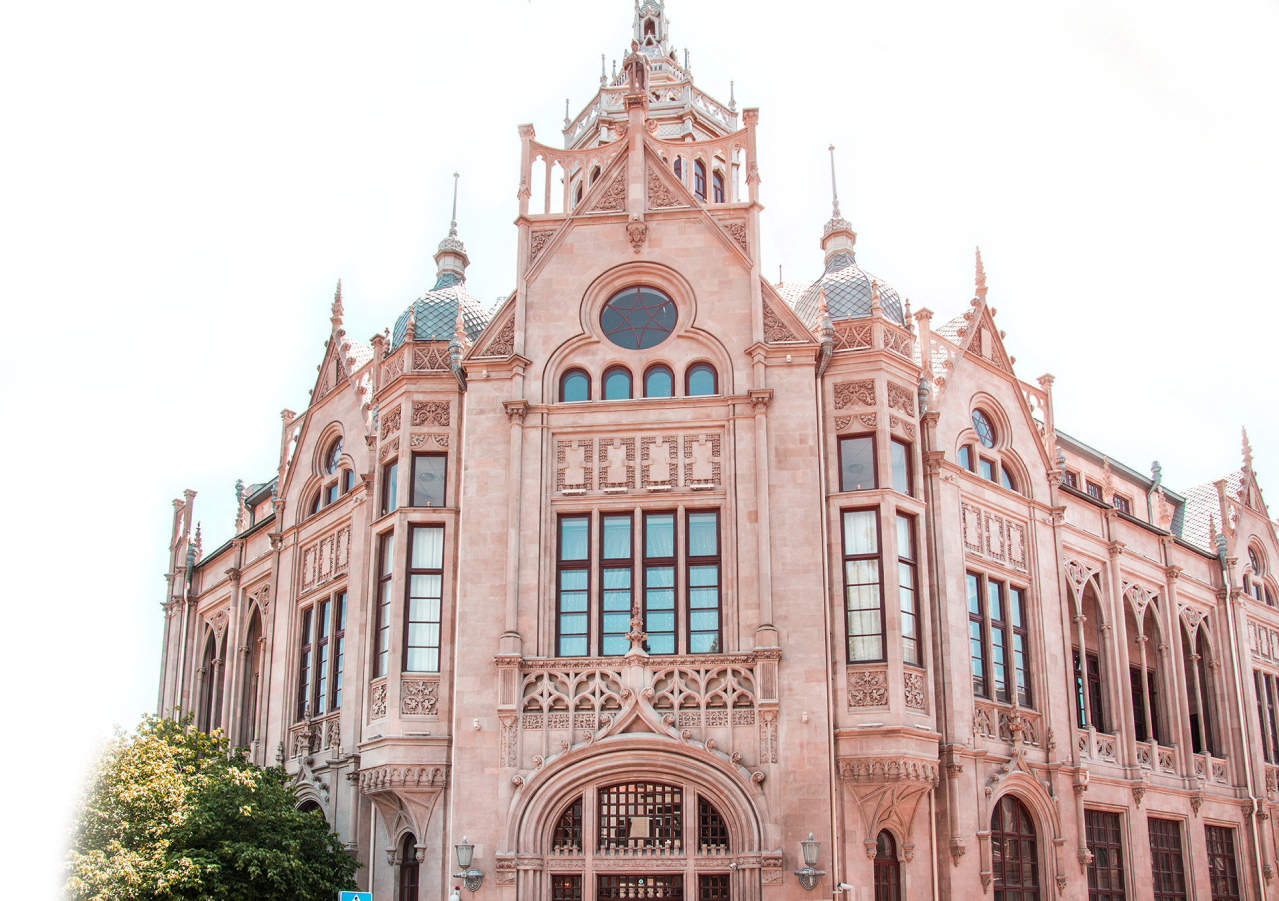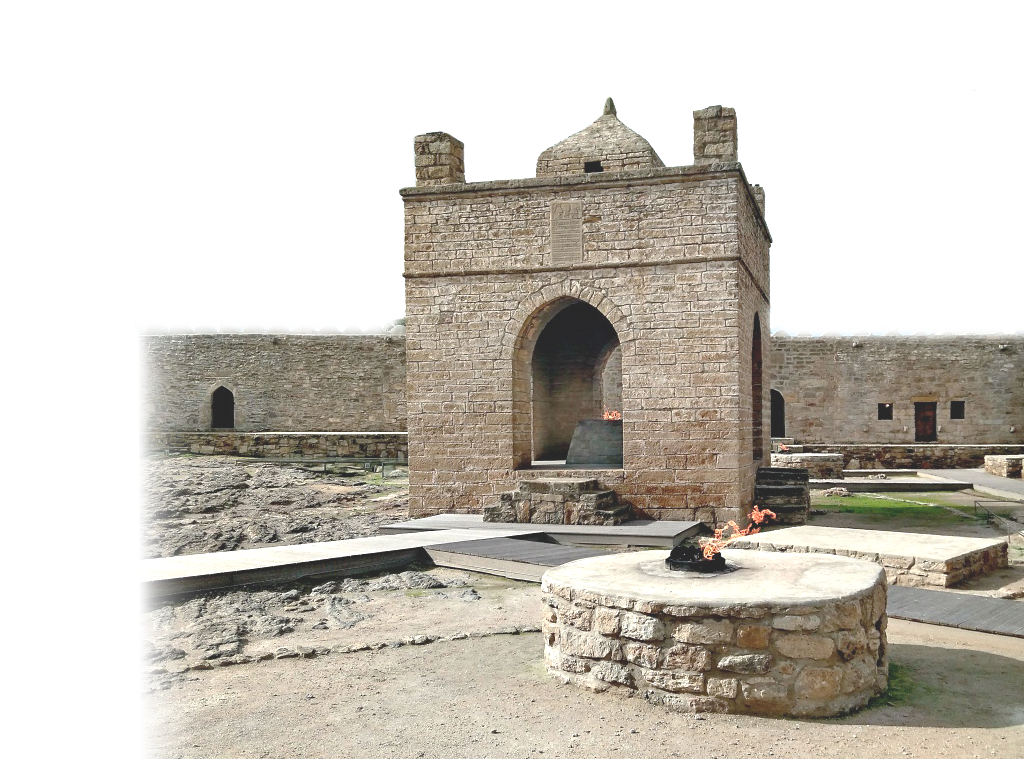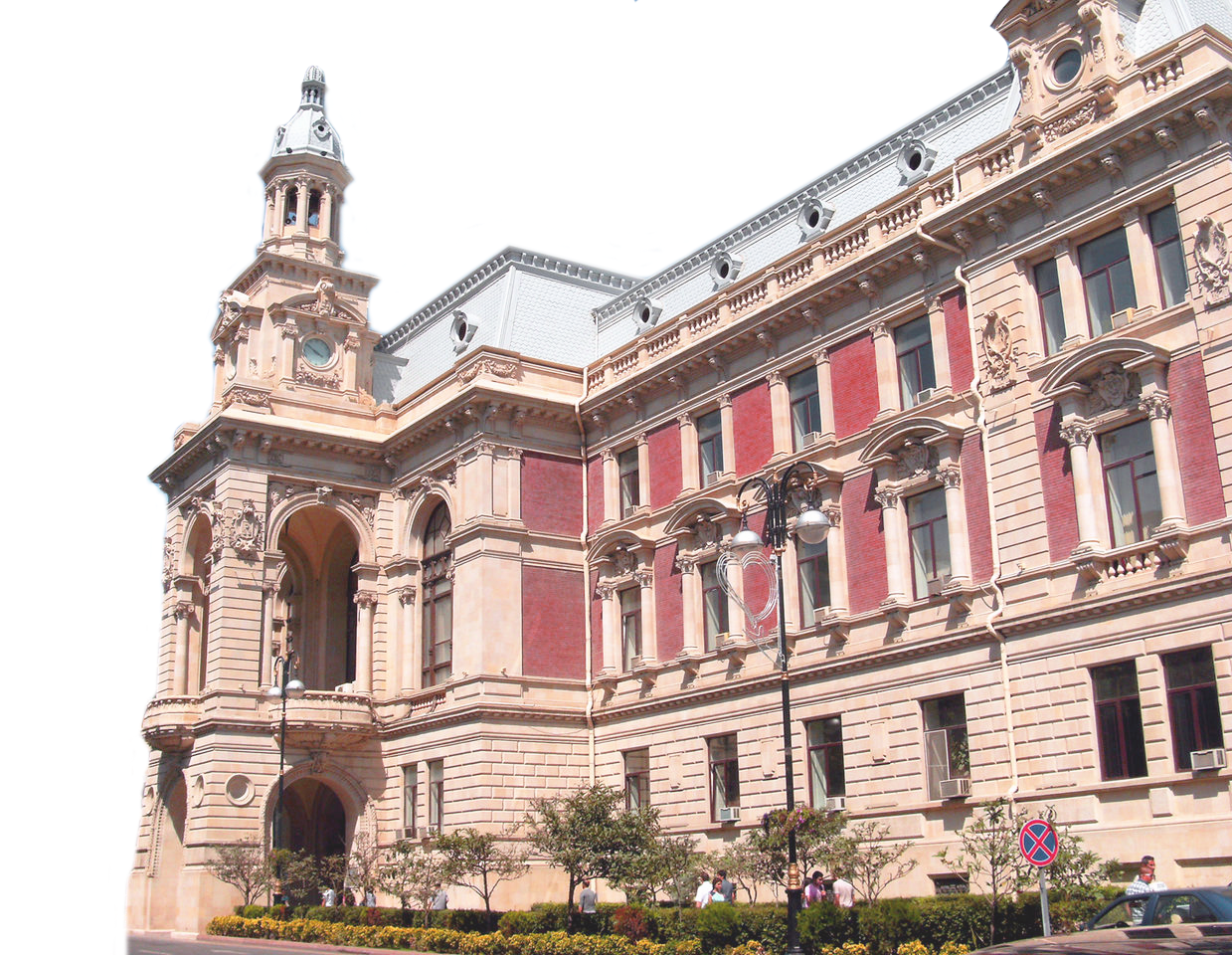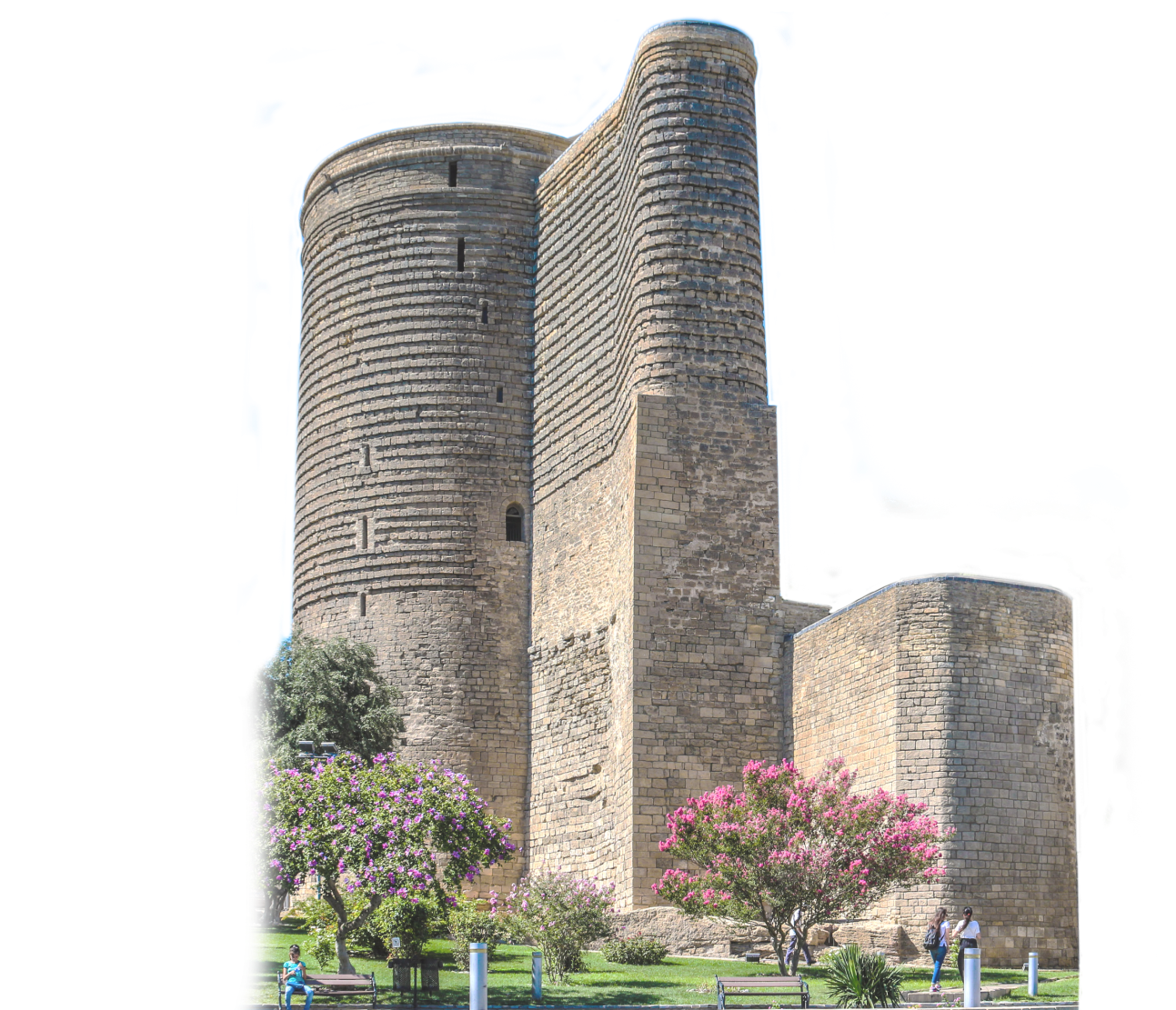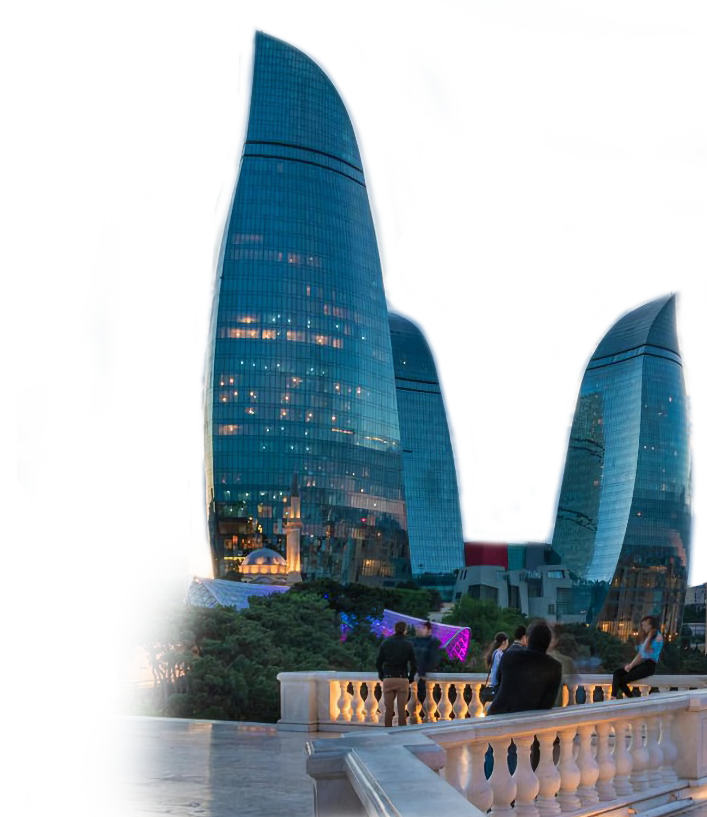History of Freemasonry
Freemasonry, often regarded as one of the world's oldest and most widespread fraternal organizations, has a rich and complex history that dates back several centuries. It is rooted in the local guilds of stonemasons that from the end of the fourteenth century regulated the qualifications of stonemasons and their interaction with authorities and clients. Over time, these local guilds evolved into more symbolically oriented organizations that welcomed members from various professions, not just stonemasonry.
Early Beginnings
The earliest documented lodges of what would become modern Freemasonry were situated in Scotland in the late 16th century. These lodges were slightly different from the craft guilds in that they included both operative masons (those who actually worked with stone) and non-operative members, who were accepted as speculative masons. This shift reflected a transformation from a craft-based membership to a more philosophical and ethical fraternity, emphasizing moral and metaphysical ideals.
Expansion and Formalization
The growth of Freemasonry accelerated in the 17th and early 18th centuries, spreading throughout Scotland and England and later across Europe and the American colonies. This expansion paralleled significant societal changes, including the Enlightenment, which emphasized rationality, progress, and fraternity—ideals that were deeply embedded in Masonic philosophy.
The Anderson Constitutions
A pivotal moment in the formalization of Freemasonry came with the publication of the "Constitutions of the Free-Masons" in 1723, compiled by James Anderson. This was the first standardized code of laws for the governance of Freemasons and was commissioned by the newly formed Grand Lodge of London and Westminster, formed in 1717. Anderson's Constitutions laid down the structure of lodge governance, the roles of its officers, and the general duties of the members. They provided a blend of legendary history and guidelines that would form the foundation of modern Masonic practice and ethos. One of the significant elements was its inclusion of a charge that emphasized Masonic equality, stipulating that Freemasons should only be judged by their "real Merits and good Behavior," not their worldly wealth or honors.
Global Spread and Influence
With the foundations laid by the Anderson Constitutions, Freemasonry continued to spread globally throughout the 18th and 19th centuries. It became particularly influential in colonial America, where many of the founding fathers, including George Washington and Benjamin Franklin, were Freemasons. The organization played a subtle yet significant role in shaping the philosophical underpinnings of the new American Republic.
Freemasonry's influence extended into the realms of politics, social reform, and public affairs, although it always maintained a stance of political neutrality as an organization. Its lodges served as spaces where men of different backgrounds could meet as equals, discuss ideas, and develop friendships.
Contemporary Freemasonry
Today, Freemasonry is known for its secrecy, rituals, and community service with its role in charitable activities well-documented. The organization continues to foster a sense of brotherhood among its members, stressing moral and ethical development, philanthropy, and the pursuit of knowledge.
Freemasonry's history is a tapestry of fact and legend, influenced by the social and political changes of the times. The Anderson Constitutions remain a cornerstone, symbolizing the transition from a craft guild to a symbolic fraternity that values ethical conduct and philosophical exploration.
Is Freemasonry a religion?
Freemasonry is often misunderstood as a religion, but in reality, it is not. It is a fraternal organization that focuses on moral and ethical principles.
While Freemasonry does have some religious elements, such as the belief in a supreme being and the immortality of the soul, it does not seek to replace or compete with any specific religious faith.
Instead, Freemasonry welcomes individuals from all different faith backgrounds to join its ranks. The primary goal of Freemasonry is personal and character development through fellowship and self-improvement.
It offers a system of degrees, symbols, and rituals that help members reflect upon their own beliefs and values while fostering brotherhood among its members.
So while religion plays a role within Freemasonry for many individuals, itself it should be understood as more of a philosophical framework rather than an organized religion.
How Many Freemasons Are There Today?
Freemasonry’s global reach is undeniably impressive, with an estimated membership that ranges between 2 million and over 6 million initiates

